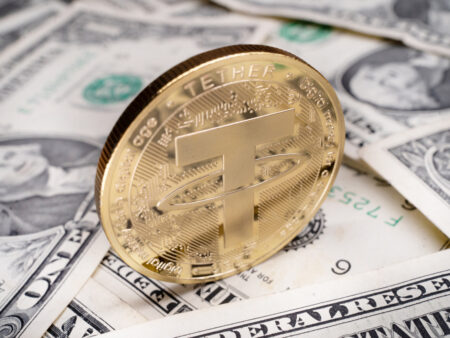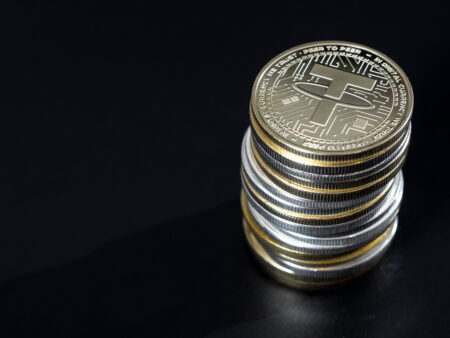In a significant development for the cryptocurrency ecosystem, Binance, the world’s leading digital asset exchange, has officially integrated Tether (USDT) on the TON network. This strategic move enables users to directly deposit and withdraw USDT on the Telegram-associated blockchain, renowned for its quick transaction speeds and low fees.
The coupling of Binance and Tether with the TON blockchain is considered a major strategic win for all of the involved parties. Binance continues to reinforce its position by expanding its multi-chain offerings and integrating USDT, the principal stablecoin in the digital asset arena. Meanwhile, the TON network, affiliated with the popular messaging app Telegram, gains from USDT’s stability, high liquidity, and strong asset management capabilities, potentially driving increased adoption and utility of the TON token.
The initiative taken by Binance is reflective of its ambition to cultivate a diversified blockchain environment. By giving its users added avenues for the management of their digital currencies, Binance is essentially underlining the importance of choice and flexibility in the rapidly evolving crypto landscape.
Notably, this integration emerges at a time when regulatory frameworks within the European Economic Area (EEA) are shifting. New regulations under the Markets in Crypto-Assets (MiCA) framework have led some platforms to delist stablecoins like USDT. In this regulatory climate, Binance’s move is potentially a forward-thinking strategy to stay ahead of changes and maintain the circulating supply and usability of USDT within a regulated framework.
Despite these positive industry developments, the market response appears somewhat contrary. Over the past week, TON’s price has seen a decline of 7.11%. This downturn marks a deviation from previous pricing trends and poses questions about the future price dynamics of TON.
Data analysis provided by Santiment shows a deceleration in network growth regarding the TON token. There’s been a noticeable decline in the number of new addresses interacting with TON. Additionally, the velocity of TON trading has reduced, indicating a less frequent exchange of the TON token across transactions. This combination of decreasing interest from new potential holders and the declining trading velocity may cast a shadow over hopes for a bullish price reversal for TON looking ahead.
In summary, while Binance’s decision to integrate TON with USDT presents new opportunities for both networks and crypto users, the immediate market response seems tepid. The ongoing decrease in network growth and trade velocity is a trend that stakeholders in the TON community will be keeping a close watch on, especially as the crypto market continues to navigate through regulatory developments and dynamic market conditions.









